- A List of Writing Contests in 2022 | Exciting Prizes!
- Em Dash vs. En Dash vs. Hyphen: When to Use Which
- Book Proofreading 101: The Beginner’s Guide
- Screenplay Editing: Importance, Cost, & Self-Editing Tips
- Screenplay Proofreading: Importance, Process, & Cost
- Script Proofreading: Rates, Process, & Proofreading Tips
- Manuscript Proofreading | Definition, Process & Standard Rates
- Tips to Write Better if English Is Your Second Language
- Novel Proofreading | Definition, Significance & Standard Rates
- Top 10 Must-Try Writing Prompt Generators in 2024
- 100+ Creative Writing Prompts for Masterful Storytelling
- Top 10 eBook Creator Tools in 2024: Free & Paid
- 50 Timeless and Unforgettable Book Covers of All Time
- What Is Flash Fiction? Definition, Examples & Types
- 80 Enchanting Christmas Writing Prompts for Your Next Story
- Your Guide to the Best eBook Readers in 2024
- Top 10 Book Review Clubs of 2025 to Share Literary Insights
- 2024’s Top 10 Self-Help Books for Better Living
- Writing Contests 2023: Cash Prizes, Free Entries, & More!
- Top 10 Book Marketing Services of 2024: Features and Costs
- What Is a Book Teaser and How to Write It: Tips and Examples
- Audiobook vs. EBook vs. Paperback in 2024: (Pros & Cons)
- How to Get a Literary Agent in 2024: The Complete Guide
- Alpha Readers: Where to Find Them and Alpha vs. Beta Readers
- Author Branding 101: How to Build a Powerful Author Brand
- A Guide on How to Write a Book Synopsis: Steps and Examples
- How to Write a Book Review (Meaning, Tips & Examples)
- 50 Best Literary Agents in the USA for Authors in 2024
- Building an Author Website: The Ultimate Guide with Examples
- Top 10 Book Printing Services for Authors in 2024
- 10 Best Free Online Grammar Checkers: Features and Ratings
- Top 10 Paraphrasing Tools for All (Free & Paid)
- Top 10 Book Editing Software in 2024 (Free & Paid)
- What Are Large Language Models and How They Work: Explained!
- Top 10 Hardcover Book Printing Services [Best of 2024]
- 2024’s Top 10 Setting Generators to Create Unique Settings
- Different Types of Characters in Stories That Steal the Show
- Top 10 Screenplay & Scriptwriting Software (Free & Paid)
- 10 Best AI Text Generators of 2024: Pros, Cons, and Prices
- Top 10 Must-Try Character Name Generators in 2024
- 10 Best AI Text Summarizers in 2024 (Free & Paid)
- 2024’s 10 Best Punctuation Checkers for Error-Free Text
- Top 10 AI Rewriters for Perfect Text in 2024 (Free & Paid)
- 11 Best Story Structures for Writers (+ Examples!)
- How to Write a Book with AI in 2024 (Free & Paid Tools)
- Writing Contests 2024: Cash Prizes & Free Entries!
- Patchwork Plagiarism: Definition, Types, & Examples
- 15 Powerful Writing Techniques for Authors in 2024
- Simple Resume Formats for Maximum Impact With Samples
- What Is a Complement in a Sentence? (Meaning, Types & Examples)
- What are Clauses? Definition, Meaning, Types, and Examples
- Persuasive Writing Guide: Techniques & Examples
- How to Paraphrase a Text (Examples + 10 Strategies!)
- 10 Best AI Writing Assistants of 2024 (Features + Pricing)
- Generative AI: Types, Impact, Advantages, Disadvantages
- A Simple Proofreading Checklist to Catch Every Mistake
- Top 10 AI Resume Checkers for Job Seekers (Free & Paid)
- 20 Best Comic Book Covers of All Time!
- How to Edit a Book: A Practical Guide with 7 Easy Steps
- How to Write an Autobiography (7 Amazing Strategies!)
- How to Publish a Comic Book: Nine Steps & Publishing Costs
- Passive and Active Voice (Meaning, Examples & Uses)
- How to Publish a Short Story & Best Publishing Platforms
- What Is Expository Writing? Types, Examples, & 10 Tips
- 10 Best Introduction Generators (Includes Free AI Tools!)
- Creative Writing: A Beginner’s Guide to Get Started
- How to Sell Books Online (Steps, Best Platforms & Tools)
- Top 10 Book Promotion Services for Authors (2025)
- 15 Different Types of Poems: Examples & Insight into Poetic Styles
- 25 Figures of Speech Simplified: Definitions and Examples
- 10 Best Book Writing Apps for Writers 2025: Free & Paid!
- Top 10 AI Humanizers of 2025 [Free & Paid Tools]
- Top 101 Bone-Chilling Horror Writing Prompts
- How to Write a Poem: Step-by-Step Guide to Writing Poetry
- Top 10 Book Writing Software, Websites, and Tools in 2025
- 100+ Amazing Short Story Ideas to Craft Unforgettable Stories
- The Top 10 Literary Devices: Definitions & Examples
- Top 10 AI Translators for High-Quality Translation in 2025
- Top 10 AI Tools for Research in 2025 (Fast & Efficient!)
- 50 Best Essay Prompts for College Students in 2025
- Top 10 Book Distribution Services for Authors in 2025
- Best 101 Greatest Fictional Characters of All Time
- Top 10 Book Title Generators of 2025
- Best Fonts and Sizes for Books: A Complete Guide
- What Is an Adjective? Definition, Usage & Examples
- How to Track Changes in Google Docs: A 7-Step Guide
- Best Book Review Sites of 2025: Top 10 Picks
- Parts of a Book: A Practical, Easy-to-Understand Guide
- What Is an Anthology? Meaning, Types, & Anthology Examples
- How to Write a Book Report | Steps, Examples & Free Template
- 10 Best Plot Generators for Engaging Storytelling in 2025
- 30 Powerful Poems About Life to Inspire and Uplift You
- What Is a Poem? Poetry Definition, Elements, & Examples
- Metonymy: Definition, Examples, and How to Use It In Writing
- 10 Best AI Detector Tools in 2025
- How to Write a CV with AI in 9 Steps (+ AI CV Builders)
- What Is an Adverb? Definition, Types, & Practical Examples
- How to Create the Perfect Book Trailer for Free
- Writing Contests 2025: Cash Prizes, Free Entries, and More!
- Top 10 Book Publishing Companies in 2025
- 14 Punctuation Marks: A Guide on How to Use with Examples!
- Translation Services: Top 10 Professional Translators (2025)
- What is a Book Copyright Page?
- Final Checklist: Is My Article Ready for Submitting to Journals?
- 8 Pre-Publishing Steps to Self-Publish Your Book
- 7 Essential Elements of a Book Cover Design
- How to Copyright Your Book in the US, UK, & India
- Beta Readers: Why You Should Know About Them in 2024
- How to Publish a Book in 2024: Essential Tips for Beginners
- ISBN Guide 2024: What Is an ISBN and How to Get an ISBN
- Book Cover Design Basics: Tips & Best Book Cover Ideas
- Why and How to Use an Author Pen Name: Guide for Authors
- How to Format a Book in 2025: 7 Tips for Book Formatting
- What is Manuscript Critique? Benefits, Process, & Cost
- How to Hire a Book Editor in 5 Practical Steps
- Self-Publishing Options for Writers
- How to Promote Your Book Using a Goodreads Author Page
- 7 Essential Elements of a Book Cover Design
- What Makes Typesetting a Pre-Publishing Essential for Every Author?
- 4 Online Publishing Platforms To Boost Your Readership
- Typesetting: An Introduction
- Quick Guide to Novel Editing (with a Self-Editing Checklist)
- 10 Best Self-Publishing Companies of 2024: Price & Royalties
- Self-Publishing vs. Traditional Publishing: 2024 Guide
- How to Publish a Book in 2024: Essential Tips for Beginners
- ISBN Guide 2024: What Is an ISBN and How to Get an ISBN
- How to Publish a Book on Amazon: 8 Easy Steps [2024 Update]
- What are Print-on-Demand Books? Cost and Process in 2024
- What Are the Standard Book Sizes for Publishing Your Book?
- Top 10 EBook Conversion Services for 2024’s Authors
- How to Market Your Book on Amazon to Maximize Sales in 2024
- Top 10 Hardcover Book Printing Services [Best of 2024]
- How to Find an Editor for Your Book in 8 Steps (+ Costs!)
- What Is Amazon Self-Publishing? Pros, Cons & Key Insights
- Manuscript Editing in 2024: Elevating Your Writing for Success
- Know Everything About How to Make an Audiobook
- A Simple 14-Point Self-Publishing Checklist for Authors
- How to Write an Engaging Author Bio: Tips and Examples
- Book Cover Design Basics: Tips & Best Book Cover Ideas
- How to Publish a Comic Book: Nine Steps & Publishing Costs
- Why and How to Use an Author Pen Name: Guide for Authors
- How to Sell Books Online (Steps, Best Platforms & Tools)
- A Simple Guide to Select the Best Self-Publishing Websites
- 10 Best Book Cover Design Services of 2025: Price & Ratings
- How Much Does It Cost to Self-Publish a Book in 2025?
- How to Self-Publish a Book: Tips and Prices (2025)
- Quick Guide to Book Editing [Complete Process & Standard Rates]
- How to Distinguish Between Genuine and Fake Literary Agents
- What is Self-Publishing? Everything You Need to Know
- How to Copyright a Book in 2025 (Costs + Free Template)
- How to start your own online publishing company?
- 8 Tips To Write Appealing Query Letters
- Self-Publishing vs. Traditional Publishing: 2024 Guide
- How to Publish a Book in 2024: Essential Tips for Beginners
- ISBN Guide 2024: What Is an ISBN and How to Get an ISBN
- What are Print-on-Demand Books? Cost and Process in 2024
- How to Write a Query Letter (Examples + Free Template)
- Third-person Point of View: Definition, Types, Examples
- How to Write an Engaging Author Bio: Tips and Examples
- How to Publish a Comic Book: Nine Steps & Publishing Costs
- Top 10 Book Publishing Companies in 2025
- How to Create Depth in Characters
- Starting Your Book With a Bang: Ways to Catch Readers’ Attention
- Research for Fiction Writers: A Complete Guide
- Short stories: Do’s and don’ts
- How to Write Dialogue: 7 Rules, 5 Tips & 65 Examples
- What Are Foil and Stock Characters? Easy Examples from Harry Potter
- How To Write Better Letters In Your Novel
- On Being Tense About Tense: What Verb Tense To Write Your Novel In
- How To Create A Stellar Plot Outline
- How to Punctuate Dialogue in Fiction
- On Being Tense about Tense: Present Tense Narratives in Novels
- The Essential Guide to Worldbuilding [from Book Editors]
- What Is Point of View? Definition, Types, & Examples in Writing
- How to Create Powerful Conflict in Your Story | Useful Examples
- How to Write a Book: A Step-by-Step Guide
- How to Write a Short Story in 6 Simple Steps
- How to Write a Novel: 8 Steps to Help You Start Writing
- What Is a Stock Character? 150 Examples from 5 Genres
- Joseph Campbell’s Hero’s Journey: Worksheet & Examples
- Novel Outline: A Proven Blueprint [+ Free Template!]
- Character Development: 7-Step Guide for Writers
- What Is NaNoWriMo? Top 7 Tips to Ace the Writing Marathon
- What Is the Setting of a Story? Meaning + 7 Expert Tips
- Theme of a Story | Meaning, Common Themes & Examples
- What Is a Blurb? Meaning, Examples & 10 Expert Tips
- What Is Show, Don’t Tell? (Meaning, Examples & 6 Tips)
- How to Write a Book Summary: Example, Tips, & Bonus Section
- How to Write a Book Description (Examples + Free Template)
- 10 Best Free AI Resume Builders to Create the Perfect CV
- A Complete Guide on How to Use ChatGPT to Write a Resume
- 10 Best AI Writer Tools Every Writer Should Know About
- How to Write a Book Title (15 Expert Tips + Examples)
- 100 Novel and Book Ideas to Start Your Book Writing Journey
- Exploring Writing Styles: Meaning, Types, and Examples
- Mastering Professional Email Writing: Steps, Tips & Examples
- How to Write a Screenplay: Expert Tips, Steps, and Examples
- Business Proposal Guide: How to Write, Examples and Template
- Different Types of Resumes: Explained with Tips and Examples
- How to Create a Memorable Protagonist (7 Expert Tips)
- How to Write an Antagonist (Examples & 7 Expert Tips)
- Writing for the Web: 7 Expert Tips for Web Content Writing
- 10 Best AI Text Generators of 2024: Pros, Cons, and Prices
- What are the Parts of a Sentence? An Easy-to-Learn Guide
- How to Avoid AI Detection in 2024 (6 Proven Techniques!)
- How to Avoid Plagiarism in 2024 (10 Effective Strategies!)
- What Is Climax Of A Story & How To Craft A Gripping Climax
- What Is a Subject of a Sentence? Meaning, Examples & Types
- Object of a Sentence: Your Comprehensive Guide
- What Is First-Person Point of View? Tips & Practical Examples
- Second-person Point of View: What Is It and Examples
- 10 Best AI Essay Outline Generators of 2024
- Third-person Point of View: Definition, Types, Examples
- The Importance of Proofreading: A Comprehensive Overview
- Patchwork Plagiarism: Definition, Types, & Examples
- Simple Resume Formats for Maximum Impact With Samples
- The Ultimate Guide to Phrases In English – Types & Examples
- Modifiers: Definition, Meaning, Types, and Examples
- What are Clauses? Definition, Meaning, Types, and Examples
- Persuasive Writing Guide: Techniques & Examples
- What Is a Simile? Meaning, Examples & How to Use Similes
- Mastering Metaphors: Definition, Types, and Examples
- 10 Best AI Writing Assistants of 2024 (Features + Pricing)
- Generative AI: Types, Impact, Advantages, Disadvantages
- How to Publish a Comic Book: Nine Steps & Publishing Costs
- Essential Grammar Rules: Master Basic & Advanced Writing Skills
- Benefits of Using an AI Writing Generator for Editing
- Hyperbole in Writing: Definition and Examples
- 15 Best ATS-Friendly ChatGPT Prompts for Resumes in 2025
- How to Write a Novel in Past Tense? 3 Steps & Examples
- 10 Best Spell Checkers of 2025: Features, Accuracy & Ranking
- Foil Character: Definition, History, & Examples
- 5 Key Elements of a Short Story: Essential Tips for Writers
- How to Write a Children’s Book: An Easy Step-by-Step Guide
- How To Write a Murder Mystery Story
- What Is an Adjective? Definition, Usage & Examples
- Metonymy: Definition, Examples, and How to Use It In Writing
- Fourth-Person Point of View: A Unique Narrative Guide
- How to Write a CV with AI in 9 Steps (+ AI CV Builders)
- What Is an Adverb? Definition, Types, & Practical Examples
- How to Write A Legal Document in 6 Easy Steps
- 10 Best AI Story Generators in 2025: Write Captivating Tales
- How to Introduce a Character Effectively
- What is Rhetoric and How to Use It in Your Writing
- How to Write a Powerful Plot in 12 Steps
- How to Make Money as a Writer: Your First $1,000 Guide
- How to Write SEO Content: Tips for SEO-Optimized Content
- Types of Introductions and Examples
- How to Create Marketing Material
- What is a Cliffhanger? Definition, Examples, & Writing Tips
- How to Write Cliffhangers that Keep Readers Hooked!
Still have questions? Leave a comment

Checklist: Dissertation Proposal
Enter your email id to get the downloadable right in your inbox!
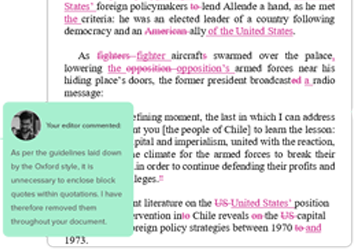
Examples: Edited Papers
Enter your email id to get the downloadable right in your inbox!
Need
Editing and
Proofreading Services?
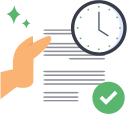
How to Publish a Book in 2024: Essential Tips for Beginners
 Jan 11, 2024
Jan 11, 2024 5
min read
5
min read
- Tags: Book Cover Design, Book Editing, Book Proofreading, Editing, Proofreading, Self-Publishing, Traditional Publishing
So, you want to publish a book! Landing a publishing deal is considerably difficult, but the self-publishing ecosystem has made it easier than ever to write and publish a book online. Not everyone publishes for profit: Writers often publish a book to share their experiences, ideas, and knowledge.
Even so, your book should be impactful enough to achieve this goal, and there are methods to ensure this. If you want to know how to publish a book that you can sell, we’ve given some steps that will lead you to success.
Here are our tips on how to publish a book in 2024:
- Perfect your manuscript
- Get feedback from beta readers and critique groups
- Decide your mode of publishing
- Format your book carefully
- Design an eye-catching book cover
- Prepare your book metadata
- Decide the pricing of your book
- Get the word out and plan your book launch
- Publish and market your book
- Stay informed and flexible
The process of publishing a book begins with a complete manuscript. So, if you only have a basic idea for a book, you should probably learn how to write a book first. You can only become a best-selling author once you know how to write and publish a book.
Without further ado, let’s take a closer look at the steps to publishing a book.
1. Perfect your manuscript
One of the most crucial steps in the process of publishing a book is refining your manuscript. Editing and proofreading can transform an author’s work, elevating the clarity, flow, and impact of their narrative, ensuring that their story resonates deeply with its readers. A skilled editor from your niche can help you better understand what readers respond to, improving your chances of selling your book.
Errors, no matter how small, undermine your hard work and lower its value in the mind of your reader. Since you’re hoping to crack a book deal, offering the best possible version of your book is a good idea!
Book editing is a layered process that starts with literary and structural edits and ends with proofreading. Take a look:
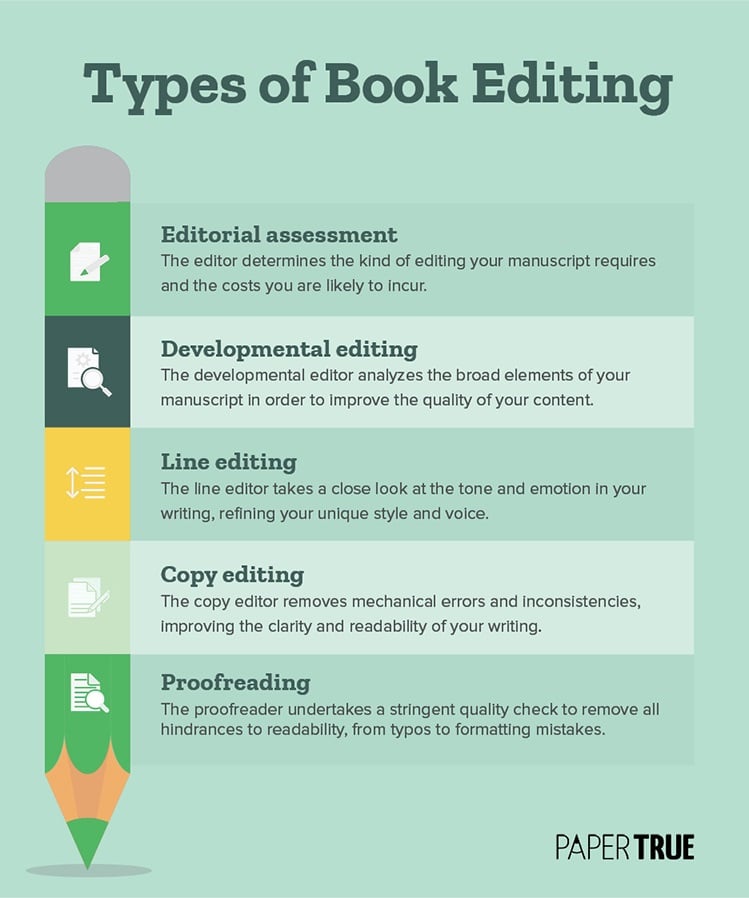
Once you have a refined version of your original manuscript, it’s time to get a review or feedback for your writing.
2. Get feedback from beta readers and critique groups
Independent of whether you engage in professional book editing services, receiving insightful feedback is essential to the book publishing process. As you navigate through various stages of manuscript refinement (it’s common for authors to revise several times), circulate your draft among a group of reliable peers for their perspectives.
To encourage candid responses, consider having your beta readers and critique partners use an anonymous feedback form that focuses on key aspects of your writing such as plot, characterization, rhythm, and style. Additionally, guide your reviewers to not only identify areas of concern but also to suggest possible improvements.
3. Decide your mode of publishing
In 2024, there are primarily three routes to publishing: traditional publishing, self-publishing, and hybrid publishing. Traditional publishing involves securing a contract from a publishing house. Self-publishing means you undertake the publishing process independently, while hybrid publishing blends elements of both.
Research the pros and cons of self-publishing vs. traditional publishing to decide which path aligns with your goals and resources and then decide how to publish your own book. If you want to get published traditionally, you should research book publishing companies and literary agents so you can start networking. Self-published writers can instead focus on hiring individuals or services to help them elevate their books.
Regardless of how you select how to publish a book, the steps mentioned below are important for the process.
4. Format your book carefully
Formatting a book is the process of laying out your text and graphic elements onto a page. This involves specifics such as the font size and style, text alignment, spacing, and page numbers. A traditional publisher undertakes book typesetting, but writers can still opt for a basic formatting template while sending their manuscript to an agent.
Self-publishing writers, of course, must ensure that their book is professionally formatted according to the print or eBook format of their choice. If you’re only publishing an eBook, you can use one of several free formatting templates available online. The best option is to hire a professional typesetter, but it might increase the cost to publish a book.
If you’re typesetting your book on your own, here are some things to remember:
- Use reliable software and templates; try out a few before you choose one.
- Select the best page size for your genre. (While publishing a novel, for example, you’re more likely to use the 6×9-inch page setup than the 7×10 one.)
- Leave a margin of 0.5 or 1 inch on all sides, especially for print books.
- Choose your font based on both aesthetic and readability.
- Ensure that your book has an attractive and reader-friendly layout, with well-placed images.
- Use well-designed and high-resolution images.
- Maintain consistency in your heading style, margin, spacing, and image placement.
- Proofread multiple times to root out any formatting errors.
Now that your book’s interior has been designed, it’s time to create a stellar cover. After all, how do you publish a book that sells? By creating an attractive cover design!
5. Design an eye-catching book cover
A book cover design must hook potential readers while also reflecting the book’s theme, style, or mood. This can be achieved through high-quality visuals or inventive typography suitable for your genre. When you’re learning how to publish a novel, for instance, you’ll notice that each subgenre uses a certain color palette and typography.
Romance novels use warm colors and informal typography while fantasy covers use darker shades and intricate, runic typography. Observe the following book cover examples to understand how the design language differs across various genres:
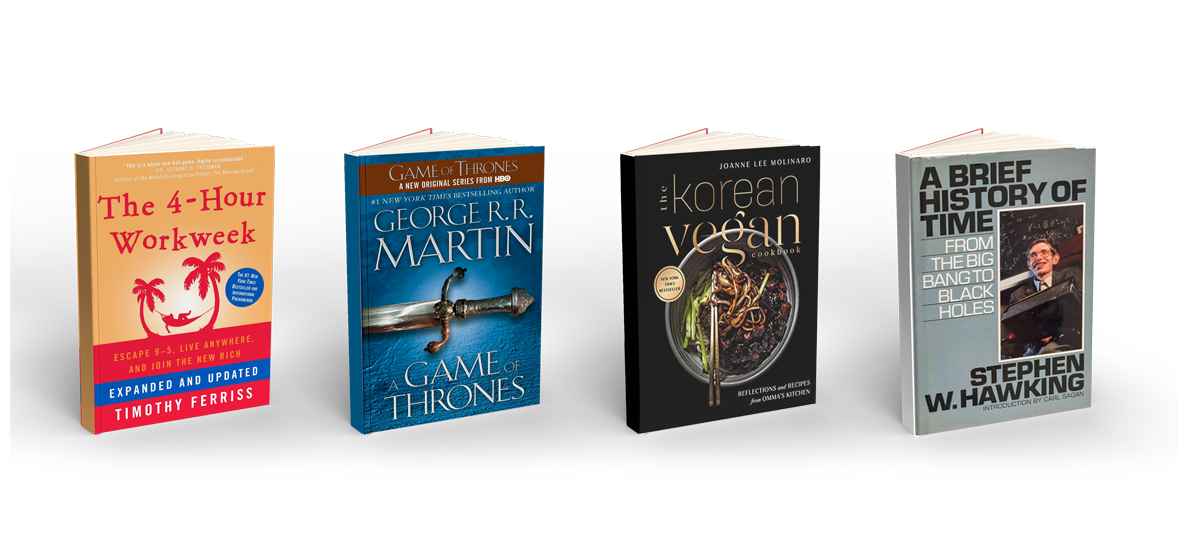
To understand how these decisions play out, you should be familiar with the basic elements of book cover design. Your book cover needs to be professional and polished, so it’s a good idea to hire skilled authors or book designer services. Their expertise can help you create a cover that’s not only well-designed but also marketable.
There are three things to remember when working on your book cover design:
-
- Give your designer an informative and specific brief about your book’s content and your vision for the cover.
- Ask for a design that’s suitable for print as well as eBook formats, accounting for thumbnails and grayscale.
- If you’re publishing multiple books in the same niche, develop a brand by using a unique visual style or typography. (For example, fantasy author TJ Klune’s book covers share the same visual style or typography, if not both!)
You may have realized by now that branding is an important part of book marketing. Remember that a writing career isn’t just about learning how to publish your book. It’s also about some good old salesmanship!
6. Prepare your book metadata
Don’t be intimidated by the term “metadata”! It is simply a list of details about your book that can help potential readers find it online. Naturally, it plays a crucial role in the publishing and distribution of a book, so you should know the metadata basics.
Here’s a short list of key details that comprise your book’s metadata:
- Book title: Create a title that is intriguing and memorable but also captures the essence of your book.
- Book description: Summarize your book in simple language, only adding flair where it’s impactful. Incite your readers’ curiosity but don’t forget to account for keywords!
- Keywords: Think about the phrases potential readers might google to find your book. Select these key phrases on the publishing platform so it can slot and showcase your book accordingly.
- Categories and genre: Choose the appropriate categories and subcategories for your book to help readers easily find it on retail platforms.
- ISBN (International Standard Book Number): Obtain an ISBN to register and place your book on online platforms, bookstores, or libraries.
- BISAC (Book Industry Standards and Communications) code: Select the most fitting BISAC code to help retailers categorize your book by genre and subject matter.
What is the difference between ISBN and BISAC code?
ISBN is a product identifier for books while the BISAC code helps categorize books based on genre. Different editions of the same book will have different ISBNs but the same BISAC code.
All this will take your time, but what about the cost? An important question that authors have is how much does it cost to publish a book. Let’s have a look at how you can decide the pricing of your book.
7. Decide the pricing of your book
Depending on how much does it cost to publish a book, you can decide the pricing of your book. When deciding on the pricing of your book, consider factors such as your book’s genre, length, and target audience, as well as the pricing of similar books in your market. Research what readers are willing to pay for books similar to yours and adjust according to your strategy: higher prices might yield higher returns per sale but could limit the number of overall sales, while lower prices might encourage more readers to take a chance on a new author.
For self-publishing authors, consider the cost of production on different platforms, as these will affect your royalties. It’s also important to think about your long-term goals—are you looking to maximize immediate income, or build a readership? Remember, pricing can always be adjusted over time based on the book’s performance and feedback. Keep an eye on trends and be flexible, adjusting your strategy as needed.
8. Get the word out and plan your book launch
If you engage with online communities throughout the book-writing process, this part will get much easier. This is the time to leverage your mailing list and offer readers exclusive content to generate buzz. If you’ve managed to network with influencers, try to land an interview or two about your upcoming book launch!
Online promotion, however, has its limits. There are few things as powerful as word of mouth! Assemble a team of friends, colleagues, and family members to help you plan the book launch. Ask them to promote your book in their circles, both offline and online. Keep your website or blog busy throughout the launch week, organizing events such as giveaways and writing contests. If you have the numbers, throw a launch party both as a promotional event and to thank people who helped you along the way.
A successful book launch can happen only as a result of months of consistent effort. This may be boring work, but it’ll pay off in the long run!
9. Publish and market your book
Now all that’s left to do is upload your book and metadata on the platforms of your choice. Most self-publishing companies in 2024 have made it fairly easy for writers to publish their books online. All you have to do is upload the file and enter details such as the book title, description, keywords, and categories.
If you’re publishing through various retailers, you can hire an aggregator to handle the task. Their experience with publishing means that you don’t have to second-guess yourself at every turn and can focus on promotional activities instead!
10. Stay Informed and Flexible:
The publishing industry is continually changing. Stay informed about the latest trends, tools, and opportunities. Be prepared to adapt your strategy and take advantage of new technologies or platforms that might help your book succeed.
How long does it take to publish a book?
The time to publish a book varies greatly. Traditional publishing takes 18 months to 3 years after the manuscript is ready, while self-publishing is much faster, often just a few months. Hybrid publishing falls in between these timelines.
Once your book has been published, it’s time to market your book and boost sales. Start by obtaining a good set of reviews on your book. Readers are more likely to entertain books with a decent number of positive reviews, so that’s your baseline for success.
Ideally, the book launch should bolster your social media and blogging efforts. At any rate, continue engaging with your audience and offering them valuable content. Once you reach a certain level of sales, you can run paid ads on Amazon, Facebook, or Goodreads to reach new readers.
Meanwhile, keep working on your next book and repeat the process all over again. Now that you know how to publish your book, we hope the journey ahead will be easier. All the best!
As providers of expert self-publishing services, we love creating useful resources for budding writers. Here are some more of our articles about writing and publishing:

Tanvi

With a foundation in Life Sciences, Tanvi enjoys curating technical writing tips tailored for ESL students. When she's not translating complex concepts into bite-sized nuggets, she can be found playing with dogs or painting landscapes.
2 comments on “How to Publish a Book in 2024: Essential Tips for Beginners”
Comments are closed.




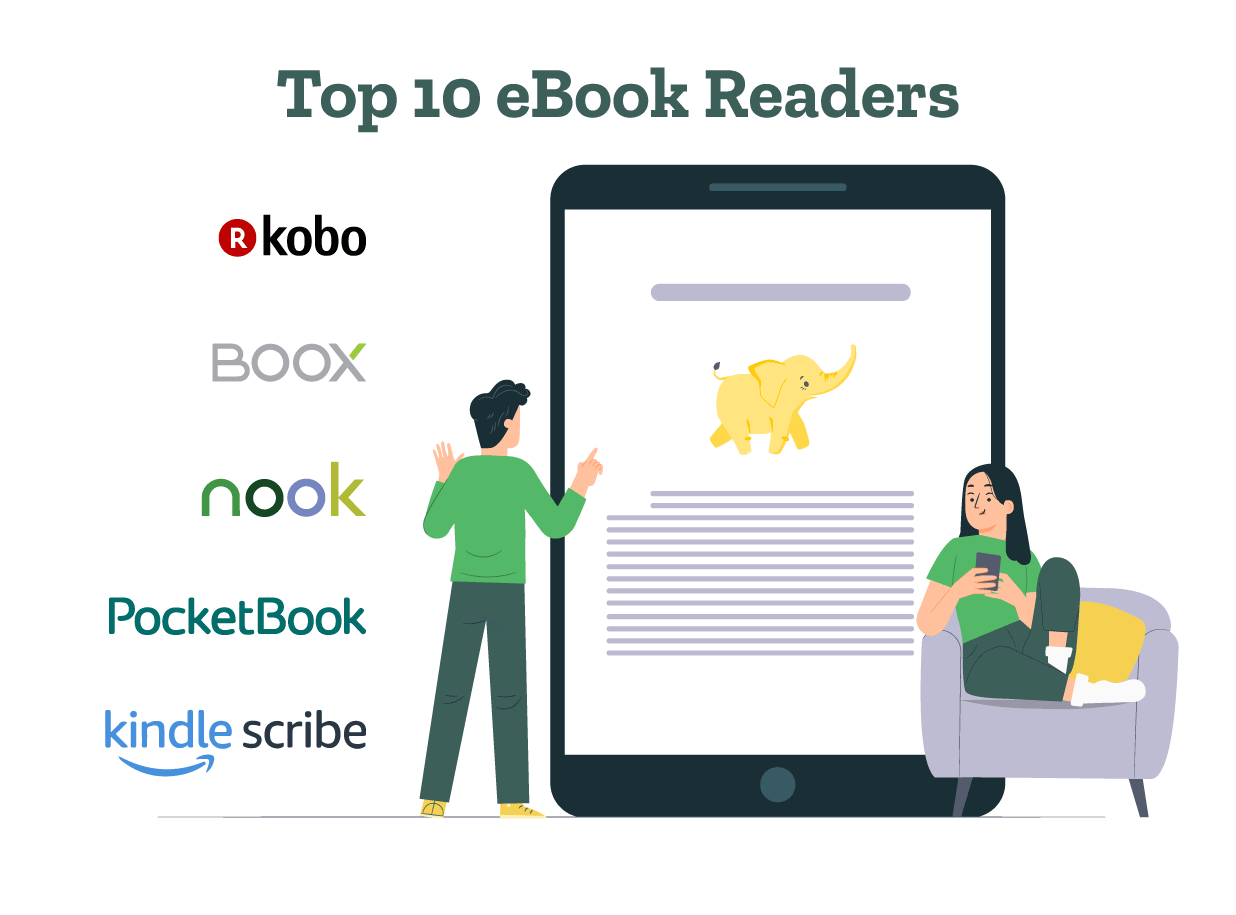
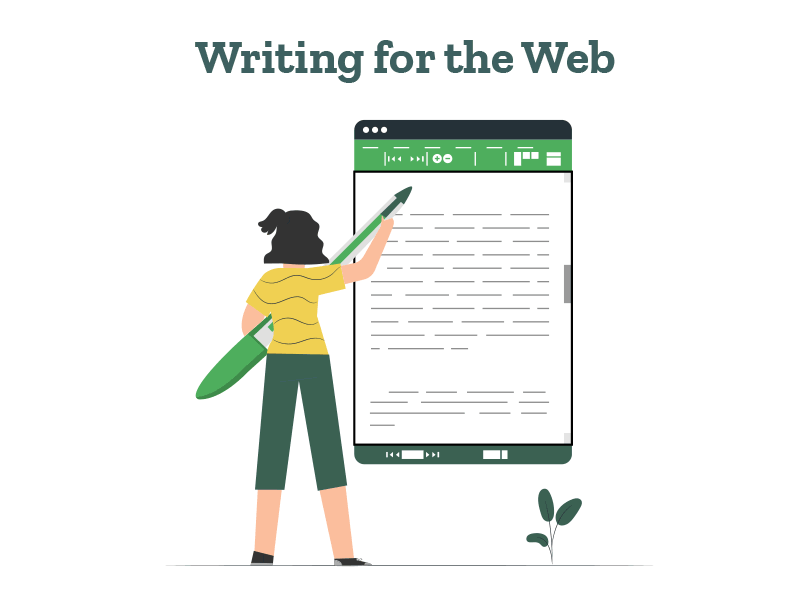
i love this website
Greetings and courtesy. In Iran, I have written a novel in the style of Real Magic. I tried to print it several times, but unfortunately I did not succeed due to the audit and censorship law. I will be grateful if the respected publishing houses give me an opportunity to read and publish my work.